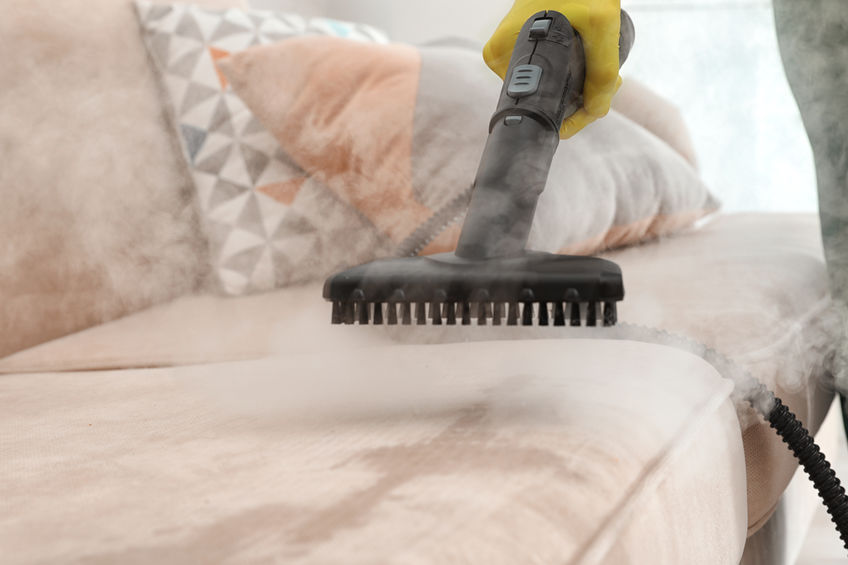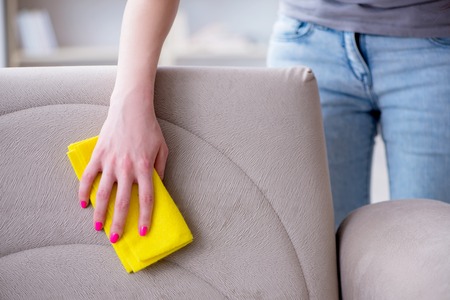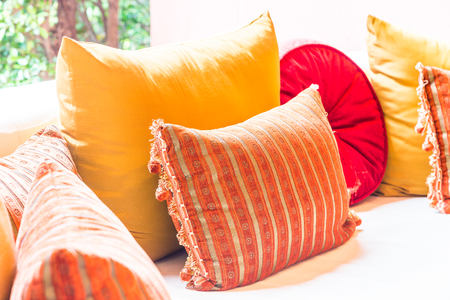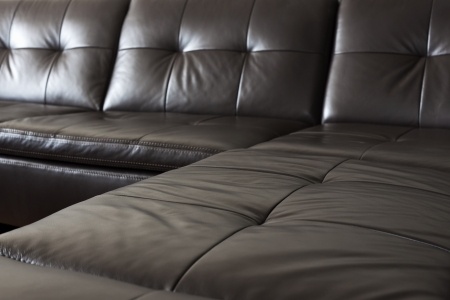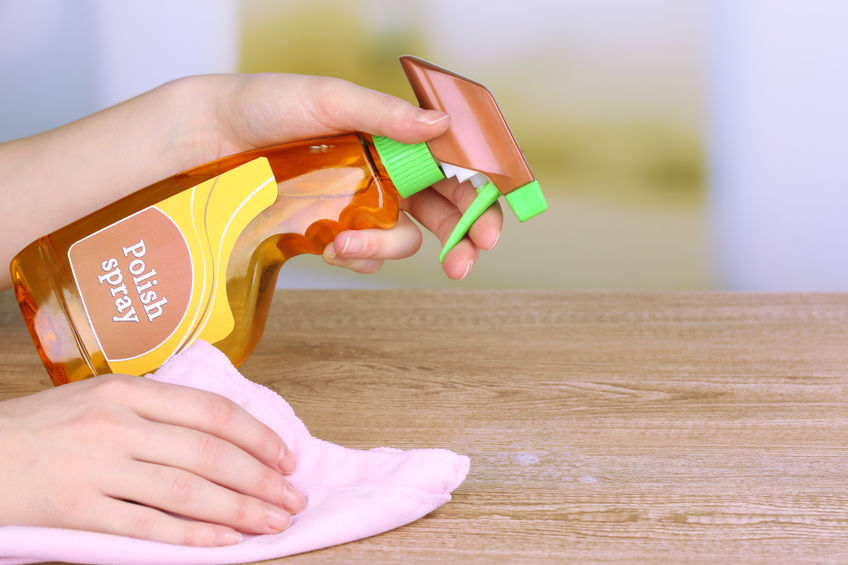- Clean Home
- Clean
- Furniture & Upholstery Cleaning
Furniture And Upholstery
Cleaning Guide
Furniture and upholstery cleaning guide. Kids are rough on furniture and upholstery. They put their shoes on the couch, jump on the chairs, pull off the loveseat pillows to make forts, and drip juice on the wood table.
Most living areas have pretty standard types of furniture, but each requires a different care and cleaning routine. We'll discuss each of these in turn: upholstered furniture, leather furniture, wood furniture, and pianos.
This furniture and upholstery cleaning guide can help keep these big-ticket items presentable for yeras to come.
Furniture and Upholstery Cleaning
The good news is that even though the big-ticket items in your home get plenty of abuse from the little bodies who reside there, you can keep furniture nice and clean.
Furniture and upholstery cleaning tips to protect your investment:
- Treat fabrics with a fluorochemical solution to make them more stain-resistant. This is an invisible finish that coats the furniture upholstery so that spills and dirt don't penetrate as quickly or easily. It's safe for most fabrics.
- Protect furniture upholstery from direct sunlight.
- Furniture and upholstery cleaning tips for equal wear and fading: Rotate and reverse cushions occasionally.
- Vacuum upholstery monthly with a brush attachment.
No matter how many house rules you have about not eating in the living room, someone will eventually spill juice on your sofa.
It's just one of those things a Mom can count on—another reason to make furniture and upholstery cleaning a priority in your home.
Clean upholstery spills with a clean cloth. Blot, don't rub! These cleaning codes for upholstery can provide more specific cleaning tips.
If you look at the tags on your sofa cushions, you'll see either a W, S, WS, or X. (If your upholstered furniture doesn't have a code, test a cleaner on a hidden spot first or call a professional upholstery cleaner.)
These furniture and upholstery cleaning codes tell you how to clean the upholstery. Here's what they stand for:
W = Water-based cleaning agent. Clean with a water-based product such as a little foam from a mild detergent or nonsolvent upholstery shampoo. Use as little foam and water as possible to do the job; you don't want to get the upholstery too wet.
S = Solvent. Clean with a mild water-free dry-cleaning solvent. Use just a little, and make sure you have plenty of ventilation. Don't put any water on it.
WS = Water-based cleaning agent or solvent. Depending on the stain, you can use a dry-cleaning solution, the foam of a mild detergent, or upholstery shampoo for upholstery cleaning.
X = Don't clean it yourself. Hire an upholstery cleaning professional. You can, however, do basic funiture cleaning youself, such as vacuuming or brushing off surface grime.
By the way, zippered cushion covers do not mean you can remove the covers for cleaning separately. The zippers are there to provide a tighter fit.
If you clean covers separately, they may shrink, tear, or discolor. It's deceptive, I know. I've bought couches on the mistaken notion that I could clean the removable covers.
Cleaning Leather Furniture
There are two main types of leather: protected leather, which has a finish, and unprotected leather, which is natural or unfinished.
Most furniture is covered with protected leather because it is durable and stain-resistant. Protected leathers are also fairly puncture-resistant and don't rip or tear easily.
And unlike fabric upholstery, leather gets better with age. Leather is also preferable for people with allergies because you can remove all dust from its surface.
Keep your leather furniture at least two feet away from heat vents or other heat sources to preserve it. Don't expose it to direct sunlight; it could dry out and crack.
Wipe the leather with a soft cloth each week. Clean it with a gentle cleaning agent, such as liquid Ivory dish soap mixed in lukewarm water each month.
Wood Furniture Care and Cleaning
To prevent problems with wood furniture, always use coasters and trivets. Put felt under bowls and figurines on furniture to prevent them from scratching the wood.
Protect wood from direct sunlight, which can dry out and bleach the wood. Keep wood furniture away from heat vents. Protect wood tables with tablecloths.
Your wood furniture cleaning routine depends on the type of wood (solid or veneer) and how it's been treated or finished. When you take care of wood furniture, you're taking care of the finish, and there are various types.
The wood can have a soft oil finish or a factory-applied hard finish. A layer of polyurethane can even protect it.
Dust wood weekly with a very soft cloth or feather duster. Wash wood once a year. Dampen a cloth with a mild soap solution and wipe the wood. Rinse, then wipe dry.
Polish natural woods a few times a year to prevent drying out. Always use the same kind of polish. Using oil polish one time and wax polish the next could cause a cloudy finish.
Avoid silicone finishes because they are hard to remove and can build up over time. They also show more smudges.
Laminates, varnishes, and sealed wood surfaces do not need polishing. Just wipe them off with a damp cloth.
Piano Cleaning
Generally, pianos with standard wood finishes should be treated like any other wood. Many pianos, however, have high-gloss finishes, which are sealed at furniture factories to protect the wood.
This seal prevents polishes and waxes from penetrating the wood, so using polishes only muddies the shine.
To keep a high-gloss piano gleaming, rub the surface with a piece of damp chamois and then buff it with a dry chamois.
Close the cover after use to keep dust out of the piano keys.
Occasionally, clean the keys by rubbing them lightly with toothpaste on a cloth. Then wipe off with a damp cloth and dry.
- Clean Home
- Clean
- Furniture & Upholstery Cleaning
